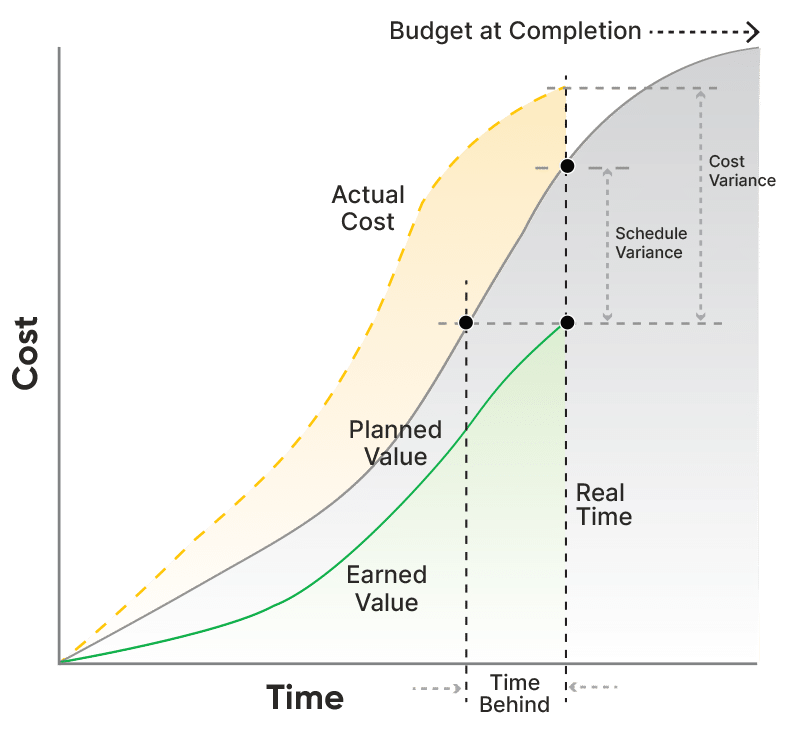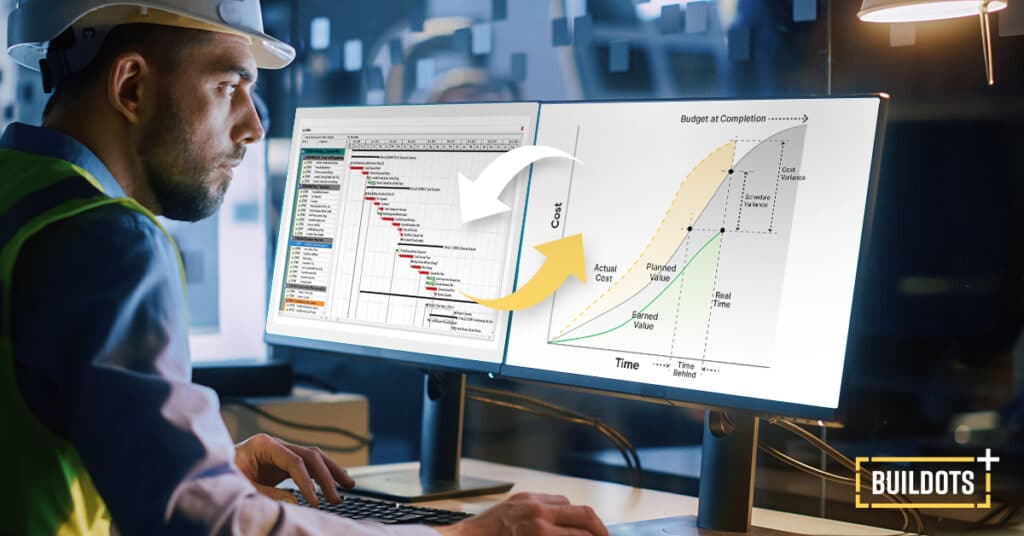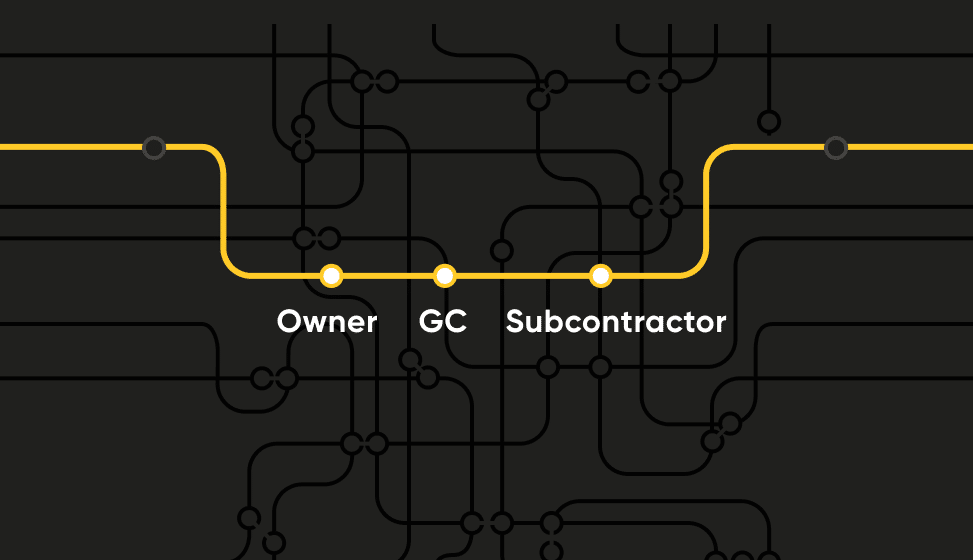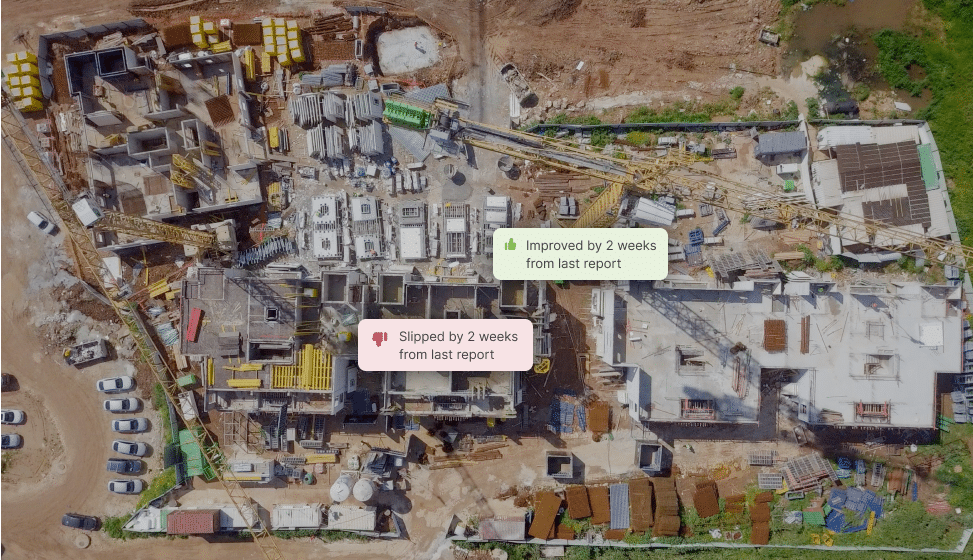Earned Value The Gold Metric Construction Executives Should Focus On

Construction project management has traditionally relied upon a project schedule and separate project budget to gauge progress and well-being. While each of these resources certainly provides important insight, it can be difficult to maintain the separate entities or analyze how an issue with one could affect the other. Additionally, as projects deviate from the original plan, baseline budgets and schedules become obsolete measuring tools. There is much to be desired in modern construction project management.
Earned value management (EVM) is an all-encompassing project management methodology that analyzes the budget and schedule together, offering a more precise picture of project health. The Earned Value Management system (EVM) is a flexible project monitoring framework that, as a project advances and the critical path changes, teams can rely on to measure project performance when stagnant schedules fall short. Additionally, effective Earned value management EVM enables data-based decision-making that improves project outcomes.
What is Earned Value Analysis in Construction?
Earned value analysis (EVA) is a project management method that evaluates project performance by comparing the value of work completed to the actual costs of the work. Rather than simply tracking if a project is on schedule or under budget, earned value (EV) tracks project progress at a specific point in time versus the intended project plan.
Tracking such a metric allows project teams to determine the health of their project at any stage and make the necessary adjustments to ensure a successful outcome. Some authorities, including the Project Management Institute, refer to earned value management as “management with the lights on,” based on the principle that past patterns can indicate future conditions.
Using earned value management systems as a project management methodology requires assigning a monetary value to each construction activity or group of activities. The value represents the material and labor costs necessary to complete that particular activity. These costs are organized in a schedule of values (SOV) that is evaluated weekly or monthly. The totals on an SOV should add up to the total contract amount and project duration.
Earned value compares the planned value (PV) of a project to the actual cost (AC) at a particular stage of the project. Other project management systems tend to focus just on schedule adherence or productivity tracking without tying in the financial aspect. This can give the illusion that a project is performing as scheduled while overlooking overspending. Additionally, Earned Value (EV) can be a useful indicator for project cash flow and resource leveling.
How Do You Calculate Earned Value?

Consider a project task like installing 100 linear feet of drainage pipe that has a budget at completion of $25,000. If 40 linear feet have been installed to date, the task is 40% complete, and the earned value is $10,000. Any variances from this earned value in actual project spending indicate a schedule or budget discrepancy that must be addressed.
Pros and Cons of Earned Value Construction Management
Earned value analysis allows project managers to track progress and cost variance at any given time and make the necessary adjustments to ensure success. There are several other benefits to using EVM, along with a few challenges that teams will have to overcome upon implementation.
Benefits of Using EVM
- Earned value is a real-time performance metric. Earned value tracking tools must be updated accurately and often to ensure the data is reliable. Through weekly or even daily updates, earned valued data is often the best indicator of project health as a performance measurement baseline and can be used to validate project decisions.
- EVM considers partially completed activities. Sometimes the work performed on a single project task, like installing an electrical transformer, can have a significant cost and schedule impact. A task does not have to be fully complete before it is tracked with Earned Value (EV). If 20% of the task is complete, the team will analyze if 20% of the task costs have been depleted. Necessary adjustments can be made during the activity rather than merely after the fact.
- EVM serves as a reliable forecasting tool. Earned value data can determine if a project is off-course far before a milestone is missed. If EVA reveals any progress shortcomings, such as project billings exceeding the value of work completed, project managers can quickly course-correct before the situation worsens. Deviations from expected or historic trends alert that an adjustment is warranted.
- Earned value management supports data-driven decision-making. Earned value management EVM equips a project manager with the ability to make informed, data-backed decisions that drive successful project performance. Based on an EVA, teams can increase resources, reallocate budgets, shift crews, or make other adjustments to stay on track.

Challenges with Using EVM
- EVM doesn’t consider the significance of each construction activity. Since progress is measured monetarily, it is possible to complete several costly activities and appear on schedule when in reality, the activities do not advance the project’s timeline. Such circumstances can increase a project’s duration and overhead and may not even be realized until the end of the project.
- Assigning values to each task can be difficult and ambiguous. During initial project planning, teams must estimate the value of each construction activity so that it can be tracked as the project progresses. Determining how much a task is worth can be difficult and even ambiguous. Additionally, subcontractors typically must agree on the value, opening the door to potential disagreements.
- EVA does not necessarily consider quality and subsequent risk. Earned value assumes quality is per specifications when tracking performance. However, a quality issue may arise and delay the project schedule. Teams should consider this risk and practice effective site quality control.
- Tracking EV throughout a project is time-consuming. EVA is only as powerful as it is accurate. Therefore, project teams must keep up with recording progress statuses frequently. Measuring earned value typically relies on subcontractors to submit progress data, such as how many linear feet of pipe was installed, and the general contractor to verify the information.

How to Implement Earned Value Management
Implementing EVM on a construction project requires proper training and powerful tools. First, a baseline must be established to track earned value against, and then the team must keep up with data input throughout the project.
Creating an Earned Value Measuring Tool
Initially, the project team will create a schedule of values that will be used to measure earned value. Every construction activity must be broken down and assigned a monetary value. This cumbersome task requires analyzing the cost of materials and labor that go into each part of the project. Subcontractors typically must agree with the values as they may directly update the schedule or use it as a guide for billing purposes. The completed SOV is the project’s baseline plan, which progress will be tracked against.
Tracking Earned Value throughout the Project
As the project begins, the team must frequently and accurately track progress. Actual progress will be compared against the baseline plan to determine earned value. Having an accurate progress report with all the details is the holy grail to establishing earned value and reaping the benefits. It can be challenging for project teams to keep up with progress tracking, whether recording quantities installed or hours worked, especially if the tracking is done manually. Fortunately, there are project management software tools that aid in capturing this vital EVA data.
Software that Enables Earned Value Management
Technology continues to pioneer every aspect of the construction industry—earned value is no exception. Innovative software tools, like Buildots, help project teams track work progress, manage multiple trades, detect deviations, validate payments, and much more.
To learn more about the earned value management capabilities of Buildots software, book a no-obligation demo.



